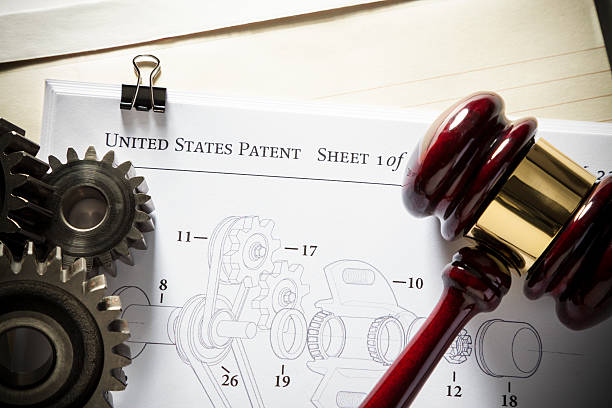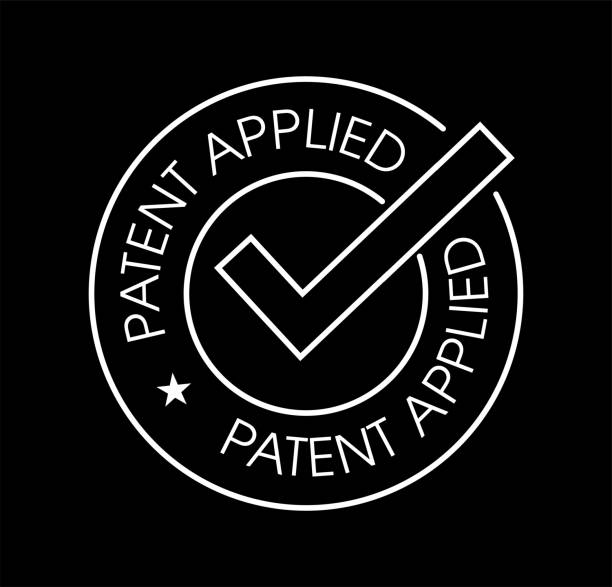As either an independent inventor or company, it’s essential to file for a provisional patent before disclosing your invention publicly. Doing so shields you from potential competitors who could attempt to steal your idea.
Filing for a provisional patent can offer numerous benefits, but it’s essential that you fully describe your invention in the application. Unfortunately, many inventors fail to do this and leave out vital details.

1. Conduct a Patent Search
A patent search is a critical step in the invention process. It can help determine whether your invention is eligible for patent protection and warn you of any potential issues that might prevent you from securing protection for it.
Conducting a patent search yourself is possible using some of the free resources online. However, remember that no single solution works perfectly; working with an expert will guarantee the best results possible.
First, create a list of keywords related to your invention. These can range from specific features or problems you wish to address. After having this list, begin searching these terms in various databases.
To conduct patent searches, the two primary databases to use are USPTO’s Patents Full-Text and Image (PatFT) database, which offers an intuitive search function as well as a helpful guide for inventors; and Free Patents Online which provides full-text copies of patent applications.
Once you’ve identified several patents that are relevant to your idea, take a look at their classification codes and decide if they might be valid for your invention. Next, browse these patents to see if they include other related information.
It can be beneficial to research other people’s attempts at solving similar problems to yours and whether they have come up with different solutions. Knowing this information will enable you to decide whether or not to continue with your current invention, modify it, or pursue another one.
You may search databases outside the USPTO for relevant patents. These databases typically offer advanced filters, making it simpler to narrow down your results based on date, author, and other relevant attributes.
Furthermore, these searches can help determine if your idea meets the patentability requirement that an invention be both novel and non-obvious. With this knowledge, inventors may feel more secure about their concept and move forward to file a provisional patent application.
2. Create a Patent Worksheet
For inventors, filing your own provisional patent application can give you an early filing date and save both time and money. This document will safeguard your invention for one year while you prepare to file a utility patent application that fully details the details of your creation.
Before you begin the patent application, it is essential to create a worksheet containing all of your invention information. This will give your lawyer an accurate understanding of what you wish to protect and will make the drafting process smoother for both of you.
The initial step in creating a patent worksheet is to decide the scope of your invention. This will depend on what product or technology you are creating and the level of detail needed to accurately describe it.
Furthermore, you must identify the inventors of your invention. This is essential in order for your patent attorney to know who owns the rights to your creation if ever you decide to sell or license it.
Once the inventors are identified, it’s wise to conduct some market research in order to assess whether your invention could generate profits for you. This will enable you to decide if obtaining a patent is worth the effort and how much money you should allocate towards this process.
Before filing your patent application, it is wise to conduct a patent search and review any prior art related to your invention. Doing this will give you insight into how unique your invention is from other similar ones that have been submitted previously, as well as providing additional keywords for use in your application.
Your patent search is an essential step in the patent drafting process and must include terms that are common within your field and that have already been patented by others. Make sure that the search results are accurate and up-to-date.
Additionally, any drawings or diagrams related to your invention should be included with the patent application. Take time to create these accurately.

3. Draft Your Patent Application
A patent application is a document that safeguards your invention. A successful one will include an accurate description of what the invention is and how it functions, while also blocking competitors from obtaining similar patents.
During the drafting process, three primary concerns can influence how a patent application is written: clarity, precision, and consistency. These elements are essential for making sure a patent works effectively and giving inventors or applicants a strong defense if someone challenges one of their claims.
Claims are the cornerstone of a patent. They define the invention’s scope and are the ultimate deciding factor when applying for one.
Claims should be clearly and precisely written to account for all potential uses of an invention. This task may prove challenging without the assistance of a patent attorney, however.
However, a qualified patent lawyer will have extensive experience with both drafting and reviewing patent applications. They ensure that all pertinent aspects of the application are addressed, with no mistakes or omissions.
A knowledgeable patent attorney can also assist in crafting a detailed description of your invention, so that someone with ordinary skill in the field could duplicate or utilize it based on what you have described.
It is essential that the description include any variations or distinct embodiments of your invention. Otherwise, it could be very easy for a competitor to create an identical product which could be considered infringement by your patent.
Many inventors are not proficient technical writers and thus may struggle with accurately describing their inventions. That is why it is essential to hire a professional who will collaborate with you in order to guarantee that your patent application is written clearly and precisely.
Experienced legal advice is the best way to guarantee your patent application is written correctly and efficiently. They will be able to communicate the essential concepts behind your technology while taking into account all pertinent grammatical and formatting details that matter most.
4. File Your Patent Application
In conclusion, a provisional patent is an effective way to guarantee the earliest filing date for your invention. This ensures that you get priority over competitors by filing for standard patent applications earlier.
Before filing for your own provisional patent, ensure that your invention is truly novel and non-obvious. Otherwise, you could end up wasting both time and money.
To guarantee that your idea is novel and unique, you should conduct a basic prior art search. This involves looking for known inventions described in patents or publications.
Once you confirm your invention is original, create a comprehensive description of how it functions and what components make up the product. This should be comprehensive enough that anyone trained in the field can successfully reproduce your creation.
The next step is to fill out USPTO Form SB-16. This cover sheet lists the inventors, their invention name, and correspondence address. It also has a disclosure that must be completed and requires signature approval.
You may include any drawings that support the description of your invention, such as shop drawings, abstracts, and schematics.
Once you have all of the required information, filing for patent protection is easy. Simply complete all required forms and pay any applicable fees.
Finally, this is the only way to secure a patent on your invention. Thankfully, you can do this with ease and without breaking the bank!
Before filing your own provisional patent, it is essential that you conduct a comprehensive patent search and create an exhaustive description of your invention. You can do this by visiting either the United States Patent and Trademark Office (USPTO) website or using an electronic tool like WIPO.
Additionally, you must provide a thorough written description of your invention and answer all the questions on USPTO Form SB-16. These answers will establish a priority date for your invention, granting you the ability to file for non-provisional patent protection at an early stage.

Conclusion
Filing your own provisional patent can be a cost-effective and efficient way to protect your invention during its early stages. By following the step-by-step process outlined in this article, you can navigate the intricacies of patent law and secure a filing date for your invention. Remember to conduct thorough research, document your invention carefully, and provide a clear and detailed description of its key aspects. While seeking professional legal advice is always recommended, taking the DIY approach to filing a provisional patent can empower inventors with the knowledge and tools to protect their intellectual property independently. So, gather your ideas, put pen to paper, and take that important first step towards safeguarding your invention through a provisional patent filing. With determination and careful attention to detail, you can bring your invention one step closer to success in the competitive world of innovation.
